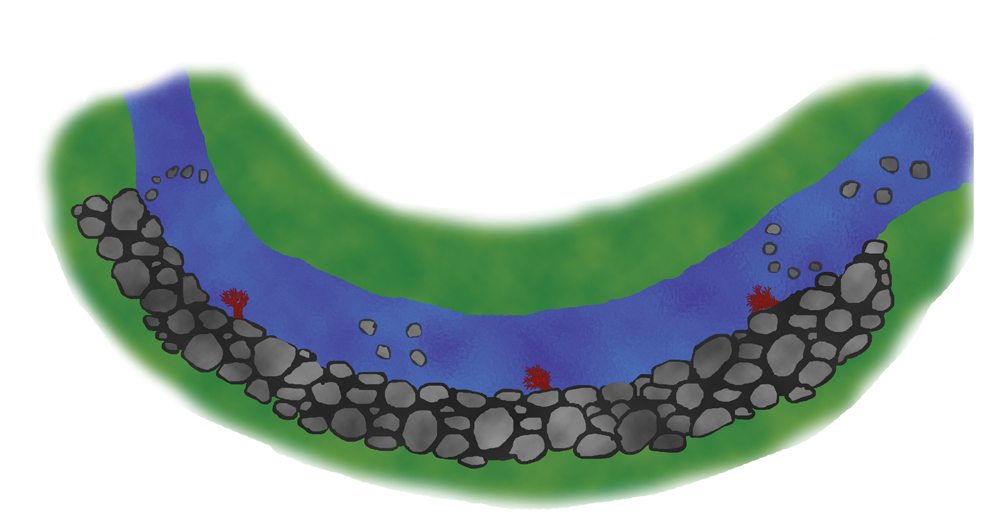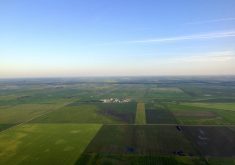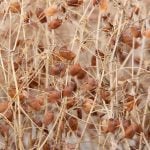A riverbank stabilization project on the Roseilse Creek is demonstrating how to restore, rebuild, rehabilitate and enhance fish habitat and the riparian area along the waterway.
The project, which involves the Pembina Valley Conservation District (PVCD), Fisheries and Oceans Canada (DFO), the Recreational Fisheries Conservation Partnership program, AAE Tech Services and the Rural Municipality of Lorne, will improve the water quality and protect the municipal road that was being threatened by the creek.
The bioengineering and habitat enhancement features will provide better habitat for the resident fish within the system including northern pike, walleye, yellow perch and many native forage and small-bodied fish species.
This project demonstrates several fish-friendly practices, installed along with standard hard armour rock rip-rap toe protection to resist bank erosion.

The fish-friendly techniques used include rock boulders, rock boulder clusters, root wads, willows, rock vortex weirs and erosion control blankets.
Municipal councillor and conservation district board member Gilbert Vigier says the two organizations partnered to find a path forward.
“You can always do something better, and in this case the CD helped us do the best job possible and really do something we can be proud of,” he said. “By adding willows into the bank, the stabilization will get stronger over time and require less maintenance, and that’s money in the bank — pun intended!”
For more information on this or any project in the Pembina Valley Conservation District, please call 204-242-3267 or email [email protected].
Read Also

Reaction rolls in on Health Canada dicamba restriction proposal
Spray expert says proposed dicamba rule change would ban ‘over the top’ use of the herbicide















